Thinking about switching to solar power? Then efficiency should be at the top of your mind. Whether you own a home, travel in an RV, or love spending time outdoors, you want to know how much energy your panels can really deliver.
That's where the "20% rule" often comes up. But what exactly is this rule—and why does it matter for you?
In this guide, we'll break it down in simple terms, show you how it works in real-life solar setups, and explain how modern solar generators (like those from OUPES) make the most of it.
How Efficient Are Solar Panels?
Every solar panel converts sunlight into electricity. The efficiency rating tells you how much of the sunlight hitting the panel is turned into usable power.
A panel with 20% efficiency converts 20% of the sunlight into electricity. This means if 1,000 watts of sunlight fall on one square meter, a 20% efficient panel produces about 200 watts of power.
Most residential and portable solar panels today fall in the 15% to 23% efficiency range. That's why the 20% benchmark is often used to estimate energy output and compare systems.
What Is the 20% Rule for Solar Panels?
The 20% rule is a practical guideline, not an official industry standard. It suggests that, in real-world conditions, you should expect about 20% of your system's theoretical maximum output on average.
- Environmental Losses: Clouds, shade, and dust reduce sunlight exposure.
- System Losses: Inverters, wiring, and connectors create inefficiencies.
- Temperature Effects: High temperatures reduce panel performance.
- Angle and Placement: Panels not facing the sun directly produce less energy.
In practice, a 400W solar panel might yield an average of 80–120 watts (20–30%) throughout the year, depending on conditions.
Why the 20% Rule Matters
Many new solar users assume their panels will always reach the manufacturer's rated output. The 20% rule helps set realistic expectations and ensures you design your system to meet actual energy needs.
- Homeowners can estimate true backup capacity during outages.
- Campers and RV users can calculate how long devices will run before recharging.
- Professionals using tools at job sites can plan for power fluctuations.
How OUPES Power Stations Align With the 20% Rule
OUPES is a trusted name in portable solar power systems, designed to maximize real-world solar performance and overcome common limitations.
High Solar Input Capacity
Models like the OUPES Mega 2, Mega3, and Mega5 power station support up to 2,100W solar input, capturing more power even under suboptimal sunlight conditions.
LiFePO4 Battery Technology
OUPES uses Lithium Iron Phosphate (LiFePO4) batteries, which last over 2,500 cycles, handle partial charging better, and offer superior safety.
Fast Charging + Pass-Through Power
Even when solar input fluctuates, OUPES power stations allow simultaneous charging and usage, preventing downtime during cloudy weather.
Expandable Systems
Higher-capacity models can connect to additional panels or batteries, helping users scale up and overcome natural output limitations.
Example Calculation Using the 20% Rule
Let's take a simple example:
- You have a 400W solar panel.
- On paper, 4 hours of strong sunlight should generate 1,600Wh (1.6kWh).
- Applying the 20% rule, you'd realistically capture around 320–480Wh depending on conditions.
Now, pair this with an OUPES Exodus 600W Portable Power Station (capacity ~600Wh). Your single 400W panel may take roughly 1.5–2 days of partial sunlight to fully charge it.
This example shows how the 20% rule helps you plan solar-to-storage ratios accurately.
Common Misconceptions About the 20% Rule
-
"My panel is broken if it doesn't reach full output."
False — solar panels rarely hit their rated maximum outside lab conditions. -
"The 20% rule always applies exactly."
Not always. It's a guideline. In ideal conditions, you might exceed 25–30%. -
"Adding more panels always fixes low output."
Not necessarily. Without proper storage (like OUPES LiFePO4 stations), extra energy may go unused.
Best Practices to Improve Solar Efficiency
- Position panels correctly: South-facing with proper tilt in the Northern Hemisphere.
- Keep panels clean: Dust and pollen can significantly reduce efficiency.
- Invest in quality storage: Pair panels with OUPES stations for safe, efficient energy use.
- Consider your climate: Cooler environments improve performance.
- Use pass-through charging: Avoid downtime when sunlight is inconsistent.
Why Choose OUPES for Solar Power Solutions
- Affordable alternative: More value compared to brands like Jackery or EcoFlow.
- Proven reputation: Over 1,000 customer reviews with a 4.6/5 average rating.
- Comprehensive warranty: 5+1 years coverage with lifetime support.
- Trusted recognition: Named "Best Affordable Solar Generator" by Solar Reviews.
By combining high-efficiency engineering with customer-focused design, OUPES helps users overcome the natural limitations highlighted by the 20% rule.
Wrap-Up
The 20% rule for solar panels isn't a limitation—it's a reminder to plan realistically. Solar technology delivers amazing benefits, but like all energy systems, it performs best when designed with real-world factors in mind.
By understanding this rule, you can size your solar setup more accurately, avoid frustration, and maximize long-term value. And when you pair your solar panels with advanced, reliable storage solutions from OUPES, you can make every ray of sunlight count.
FAQs About the 20% Rule for Solar Panels
-
Is the 20% rule always accurate?
Not exactly. It's a guideline. In perfect conditions, you may exceed 20%. In poor weather, you may get less. -
Do premium solar panels avoid the 20% rule?
No. Even high-end panels experience environmental and system losses. Quality reduces the gap but doesn't eliminate it. -
How can I beat the 20% rule?
You can't fully eliminate it, but you can improve performance with good placement, cleaning, and pairing with OUPES LiFePO4 stations. -
Does temperature really affect solar output?
Yes. High heat lowers efficiency, while cooler conditions typically improve output. -
How does the 20% rule affect home backup systems?
It means you should slightly oversize your system to ensure sufficient power during outages. The OUPES Mega Series is designed with this in mind. -
Can portable power stations store the extra power I generate?
Yes. OUPES power stations are built to capture, store, and deliver energy efficiently, minimizing waste. -
Is the 20% rule relevant for RV or camping setups?
Absolutely. It's essential for estimating how many panels and how much storage you'll need for off-grid adventures.
portable solar panel, Portable Solar Panels, solar panel, solar panel for camper, solar panels,

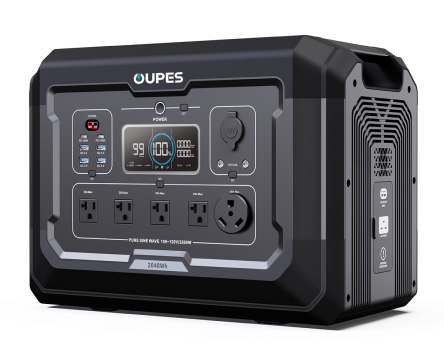
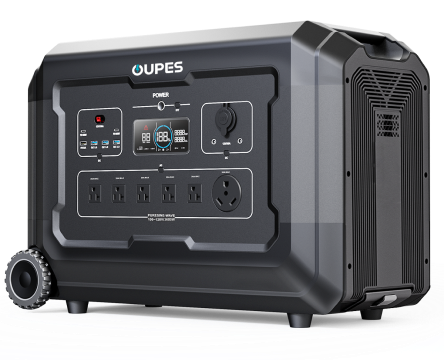
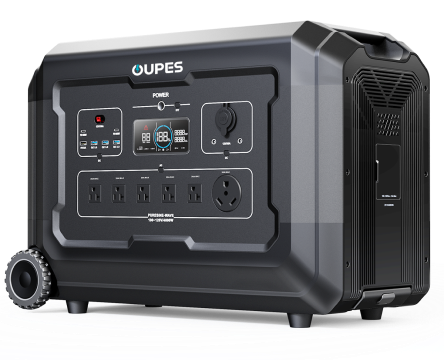
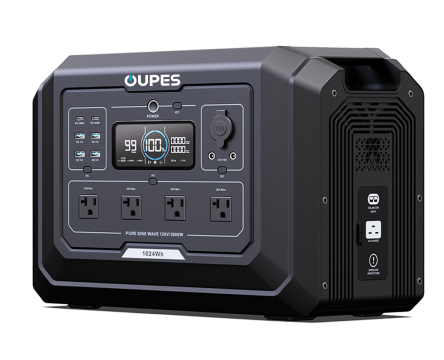
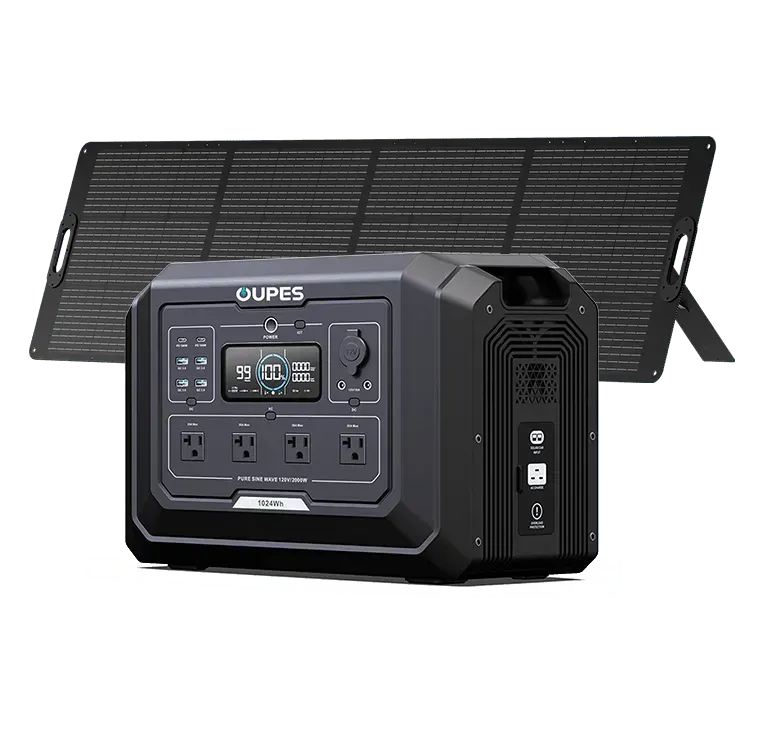
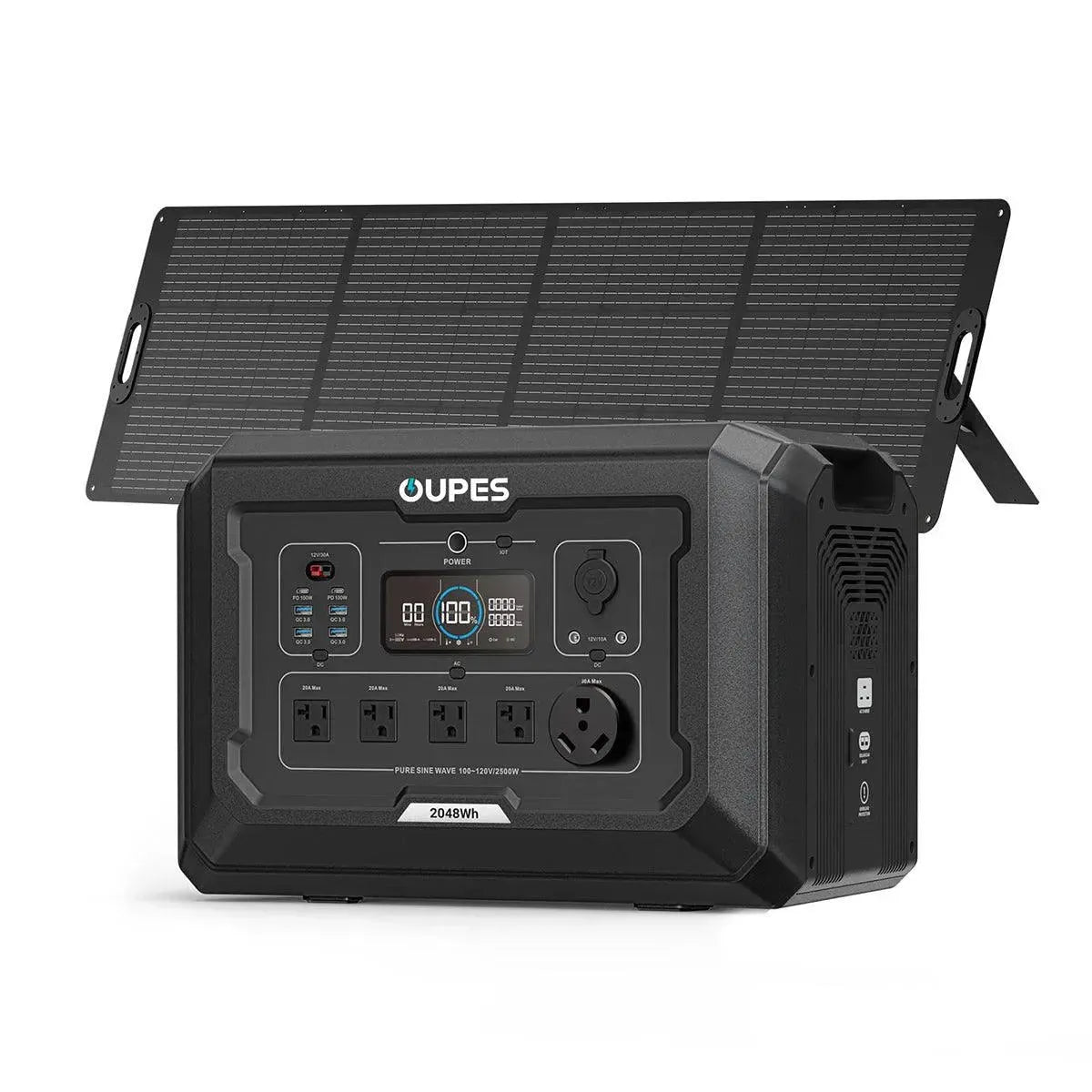
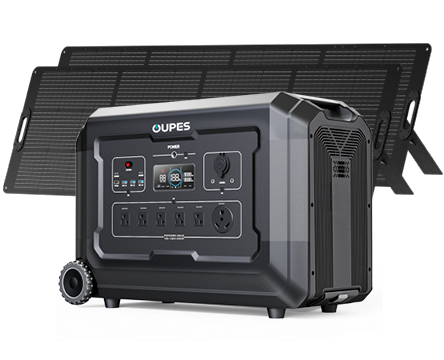
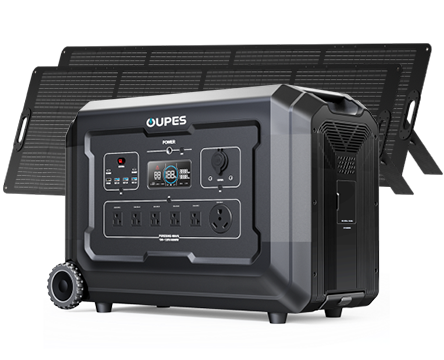
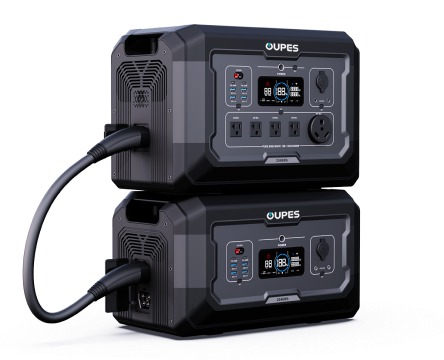
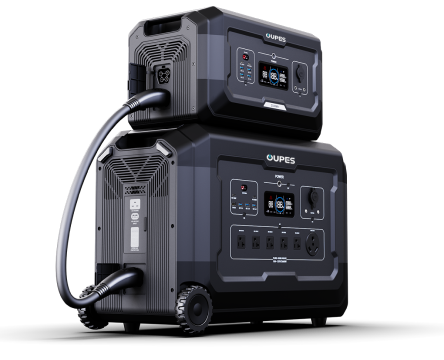
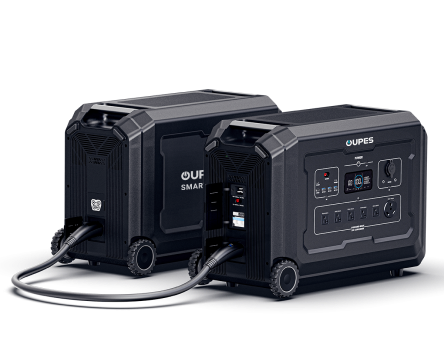
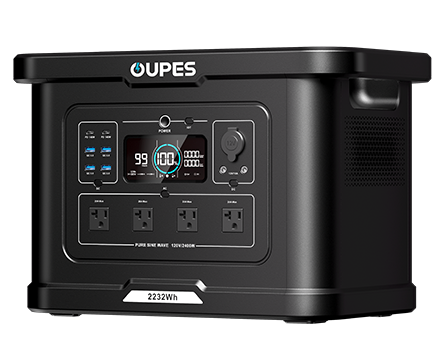
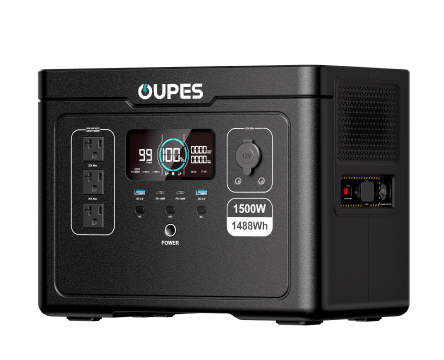
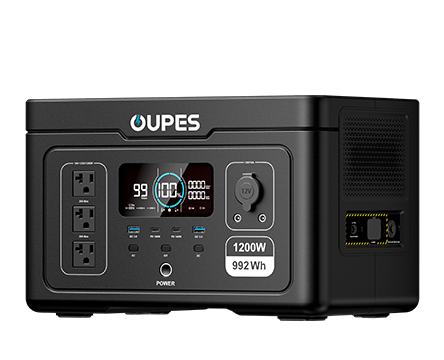
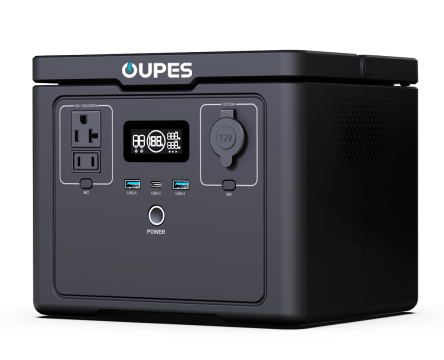
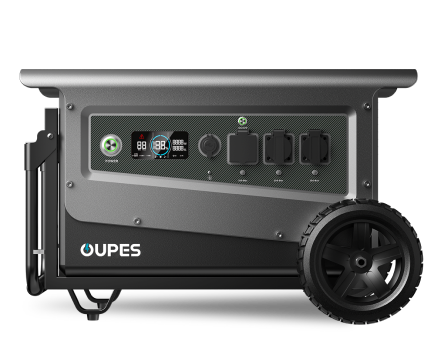
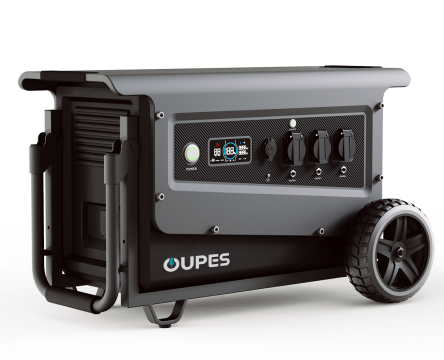
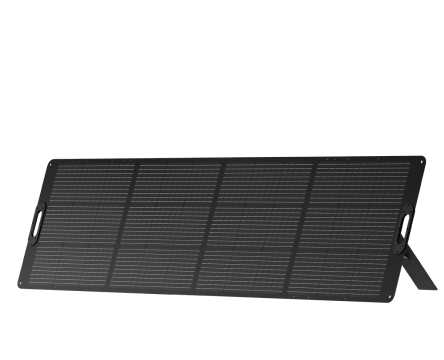
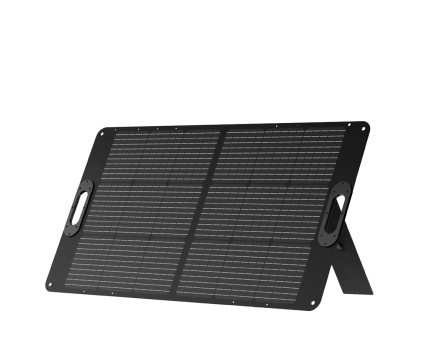
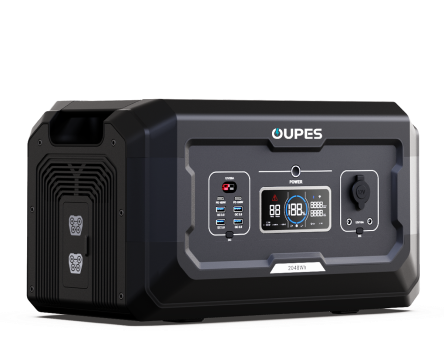
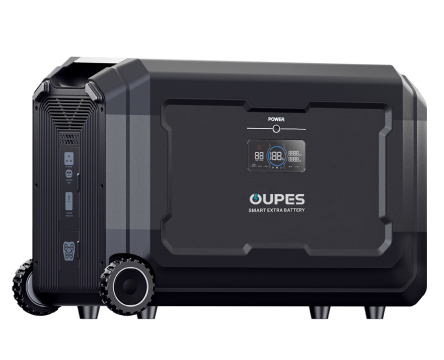
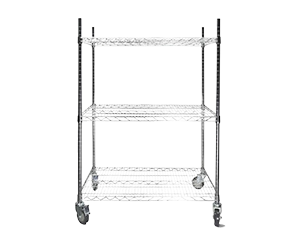
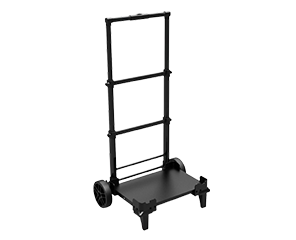
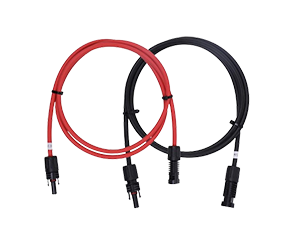
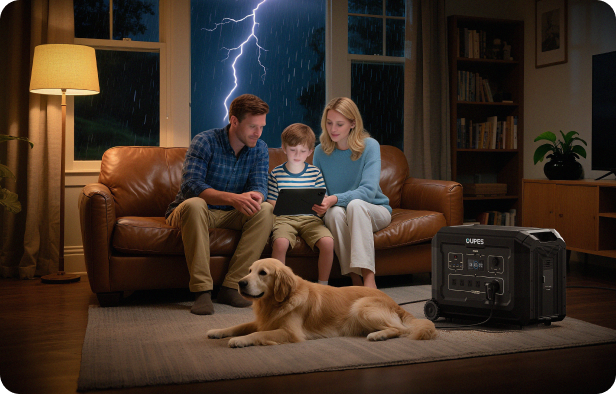
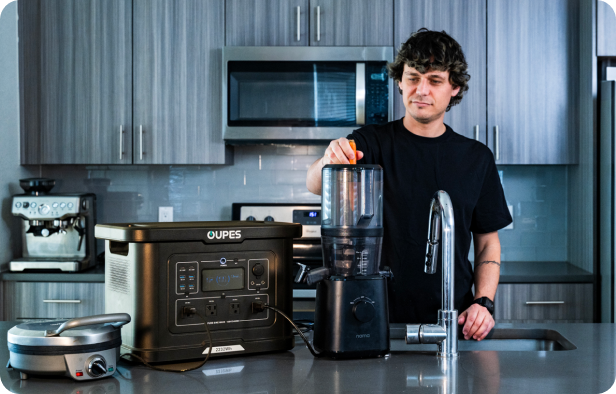
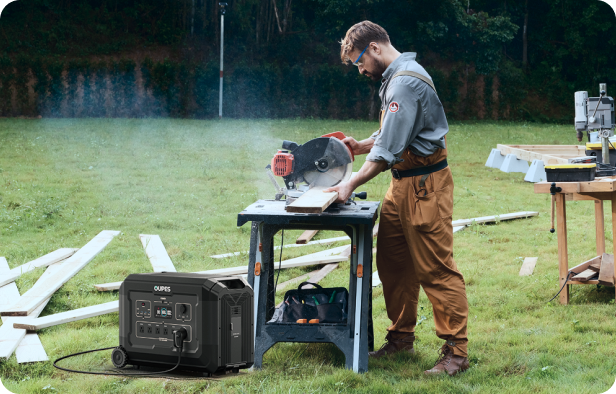
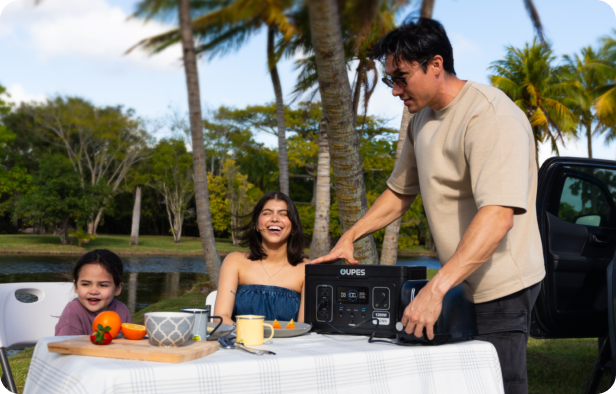
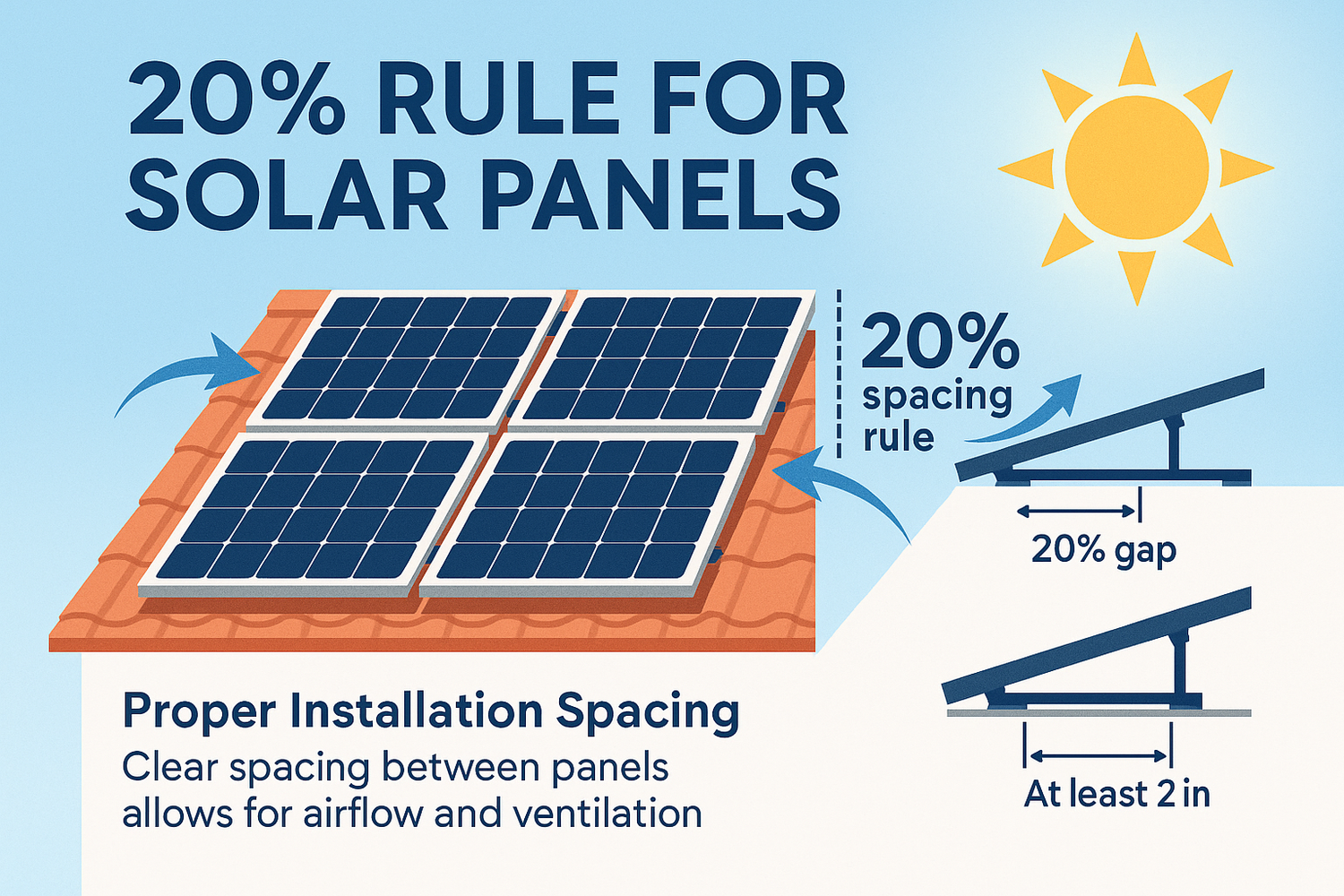

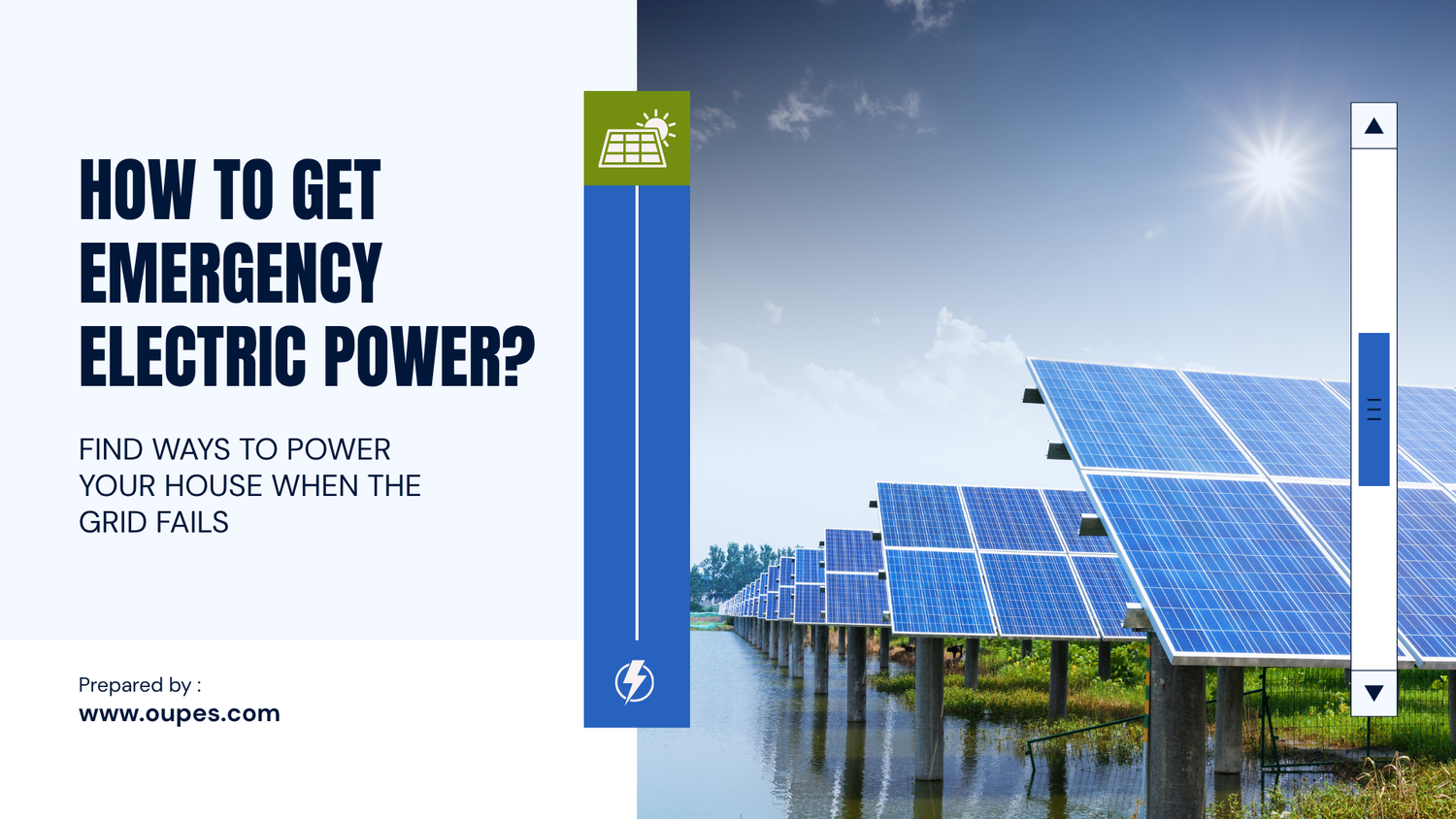

Leave a comment
This site is protected by hCaptcha and the hCaptcha Privacy Policy and Terms of Service apply.